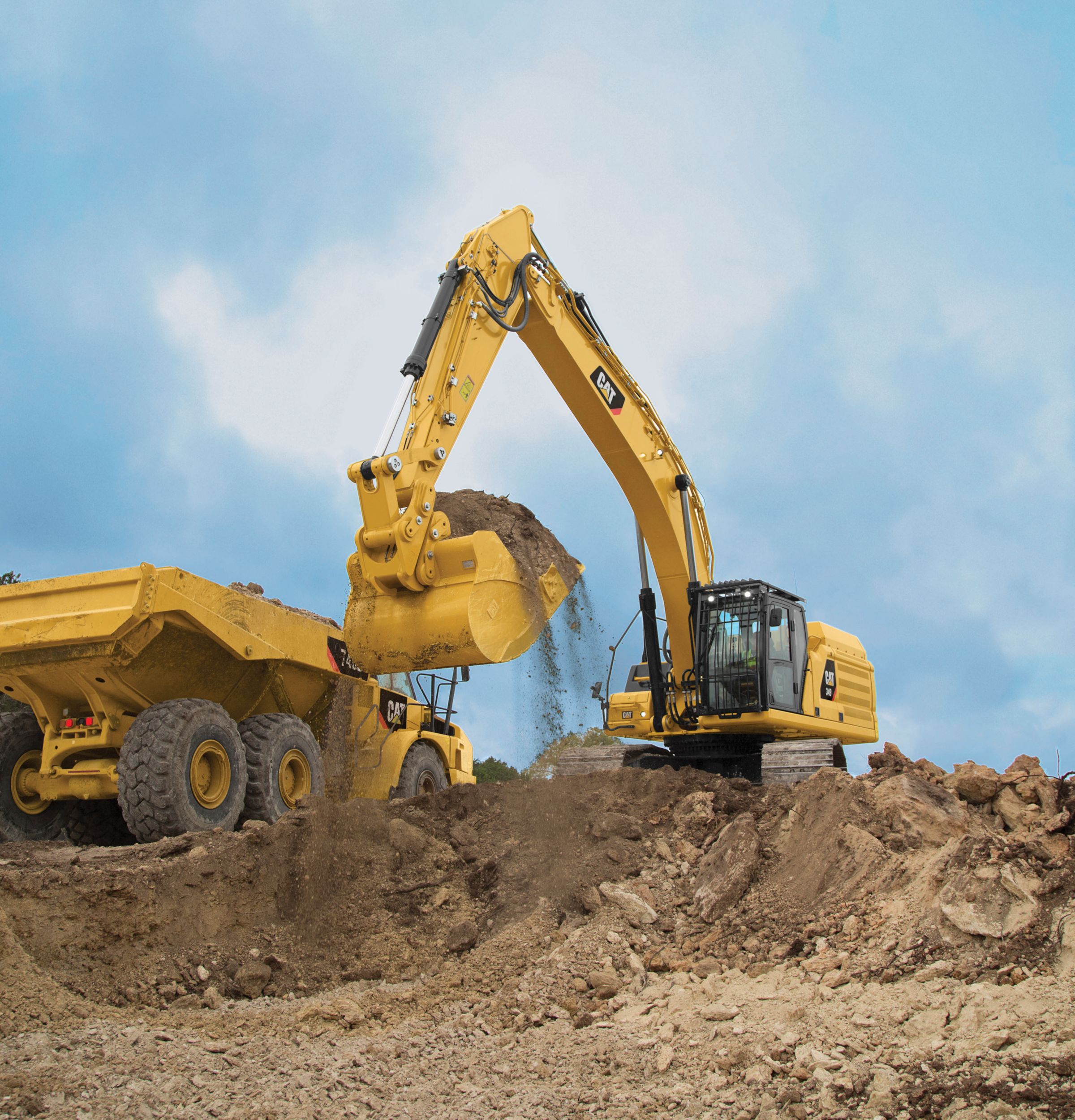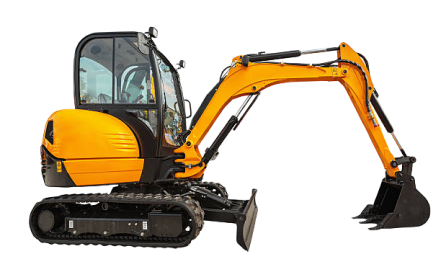Your Local Equipment Rental Company for Forklift Rental and Aerial Lift Rental Solutions
Your Local Equipment Rental Company for Forklift Rental and Aerial Lift Rental Solutions
Blog Article
Vital Tips for Taking Care Of Heavy Devices Rental Agreements and Logistics Effectively
Efficiently managing hefty tools rental agreements and logistics is vital for the success of any kind of task that relies upon these resources. A detailed understanding of rental terms, paired with precise analysis of devices requirements, lays the foundation for beneficial settlements. Coordinating transportation logistics and preparing for ongoing maintenance can dramatically reduce unforeseen costs and hold-ups. The ins and outs of these aspects usually present challenges that require tactical insight. What are the key factors to consider that can transform these possible risks right into possibilities for performance and cost-saving?
Understand Rental Terms
Comprehending rental terms is vital for effective hefty equipment monitoring. Familiarity with the specific terms of a rental arrangement can substantially impact functional effectiveness and cost-effectiveness. Secret elements commonly include rental duration, payment framework, and upkeep duties. The rental duration specifies the timeframe for which the tools is rented, influencing budgeting and project timelines. Payment structures typically differ, incorporating daily, weekly, or monthly rates, which demand accurate computations to stay clear of unforeseen costs.
Additionally, it is critical to understand the upkeep commitments laid out in the arrangement. Typically, rental companies maintain the tools, however comprehending that is in charge of routine checks and repairs is essential to prevent functional disruptions. In addition, terms might include clauses worrying liability for damages or theft, which can have severe financial ramifications otherwise effectively recognized.

Assess Equipment Requirements
Examining devices demands is an important action for any type of task supervisor intending to maximize source appropriation and boost operational performance. This procedure entails a detailed assessment of the job demands, including specific jobs, timelines, and the kind of tools essential to attain wanted end results.
Begin by recognizing the scope of the job and the tasks that will certainly be done. Think about variables such as the surface, the range of procedures, and any kind of possible difficulties that could influence tools option. Involving with employee that will operate the equipment can give useful insights into practical needs and choices.

Next, evaluate the ability and capacities of offered devices alternatives. It is vital to match the appropriate tools to the jobs at hand, ensuring that it can handle the anticipated workload without endangering safety and security or efficiency.
Furthermore, factor in the rental period and regularity of usage. Comprehending these components can aid figure out whether renting or acquiring is the most affordable remedy. By performing a thorough evaluation of devices requirements, task managers can make educated choices that result in enhanced performance and minimized functional costs.
Negotiate Successfully
As soon as the tools demands are plainly recognized, the following action includes reliable negotiation with rental companies to safeguard desirable terms. Begin by investigating various rental companies to understand their pricing frameworks, stock accessibility, and credibility.
When coming close to the negotiation table, be clear about your requirements, consisting of the kind of equipment, rental period, and any extra services you may need. This transparency allows rental companies to offer customized options that can fulfill your certain demands (aerial lift rental). Do not hesitate to request price cuts, particularly for long-term leasings or bulk orders, as several companies want to use concessions to secure larger agreements
These elements can dramatically impact the general expense and needs to be clearly detailed in the rental contract. Ensure that all agreed-upon terms are documented in creating to stop misconceptions and protect your interests throughout the rental period.
Coordinate Transportation Logistics
Working with transport logistics is a vital element of managing heavy devices rental contracts. Effective transport makes certain that devices is provided promptly and in optimal condition, thereby minimizing downtime and boosting job efficiency. To achieve this, it is vital to establish a detailed logistics intend that lays out the whole transportation process from pick-up to shipment.
Begin by examining the details transport demands based on the kind and size of the devices entailed - construction equipment rentals. Engage with reliable transportation carriers that specialize in hefty devices to guarantee they have the necessary proficiency and equipment, such as flatbed trucks or specialized trailers. Review variables such as weight limitations, course constraints, and needed authorizations to avoid unforeseen delays
In addition, maintain open communication with both the rental firm and the transportation provider to collaborate timetables efficiently. By diligently working with transportation logistics, you can copyright the honesty of your rental arrangement and facilitate smooth project execution.
Prepare For Maintenance and Support
Moreover, it is essential to communicate straight with the rental copyright relating to maintenance duties. earth moving equipment Some arrangements might include upkeep as part of the rental solution, while in various other cases, the obligation may drop on the renter. Understanding these terms will certainly help prevent unexpected prices and responsibilities.
In addition, having accessibility to technical assistance can be vital. Make sure that the rental company uses 24/7 assistance or heavy duty brush cutter an emergency contact, enabling quick resolution of any kind of equipment problems. Training your group on appropriate tools usage and routine checks can also considerably improve operational performance.
Verdict
In final thought, efficient administration of heavy equipment rental contracts and logistics joints on an extensive understanding of rental terms, exact evaluation of devices demands, and adept negotiation skills. Emphasizing clear interaction with all stakeholders remains vital in browsing the complexities of equipment rental and logistics management.
Properly handling heavy devices rental contracts and logistics is vital for the success of any type of job that depends on these resources. By completely assessing and recognizing these rental terms, services can make informed choices, reduce risks, and ensure that their hefty devices management lines up with project objectives and monetary constraints.Working with transportation logistics is a article vital aspect of taking care of heavy tools rental contracts.In conclusion, reliable administration of hefty equipment rental agreements and logistics joints on a complete understanding of rental terms, accurate analysis of tools demands, and proficient arrangement skills. Stressing clear interaction with all stakeholders remains crucial in browsing the complexities of equipment service and logistics management.
Report this page